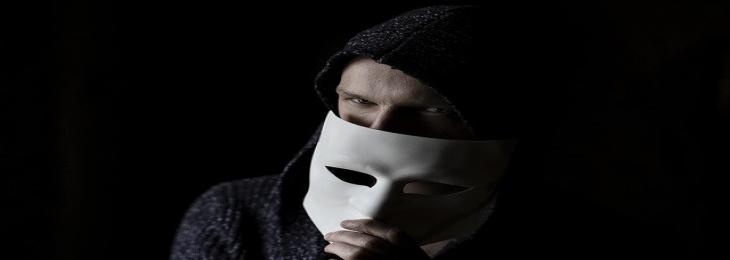
Scientists developed this experimental computer system where witnesses are able to rotate the 3D photographic representations of people’s heads up to 90° to the right or left.
The problem with the police photographic lineups is that they usually only include the suspect’s front-on photos, which might not be parallel with an angle at which the witness noticed the criminal. Thus, the witness might not identify the person within the photo. More badly, they might think and claim they do, while in reality the suspect isn’t the person who they truly saw –maning that an innocent individual might go in jail.
A novel system, where the witnesses are able to rotate images, has proved to be more reliable. In the attempt of addressing this issue, scientists from the University of Birmingham, in Britain developed this experimental computer system where witnesses are able to rotate the 3D photographic representations of the people’s heads up to 90° to the right or left, pausing in between at any point. This setup was tried on some volunteer witnesses, who were shown the theft video of a man. Some subjects in the test saw video’s version where only left side of the man’ face was visible, while others looked at a version where it was seen from right.
Then volunteers were shown a set of onscreen facial pictures, among which one was the thief. Some participants could view the faces only front-on, some were able to see oblique right- or left-side angles, whereas others could rotate these faces manually. It was discovered that when picking the photo which matched that man of the photo, accuracy rate was the lowest in the photos that were front-only, it enhanced when the photo’s supplied angle matched approximately to that of viewed video, in addition it was the highest when subjects could rotate the angle for matching the picture more precisely to that of video.






